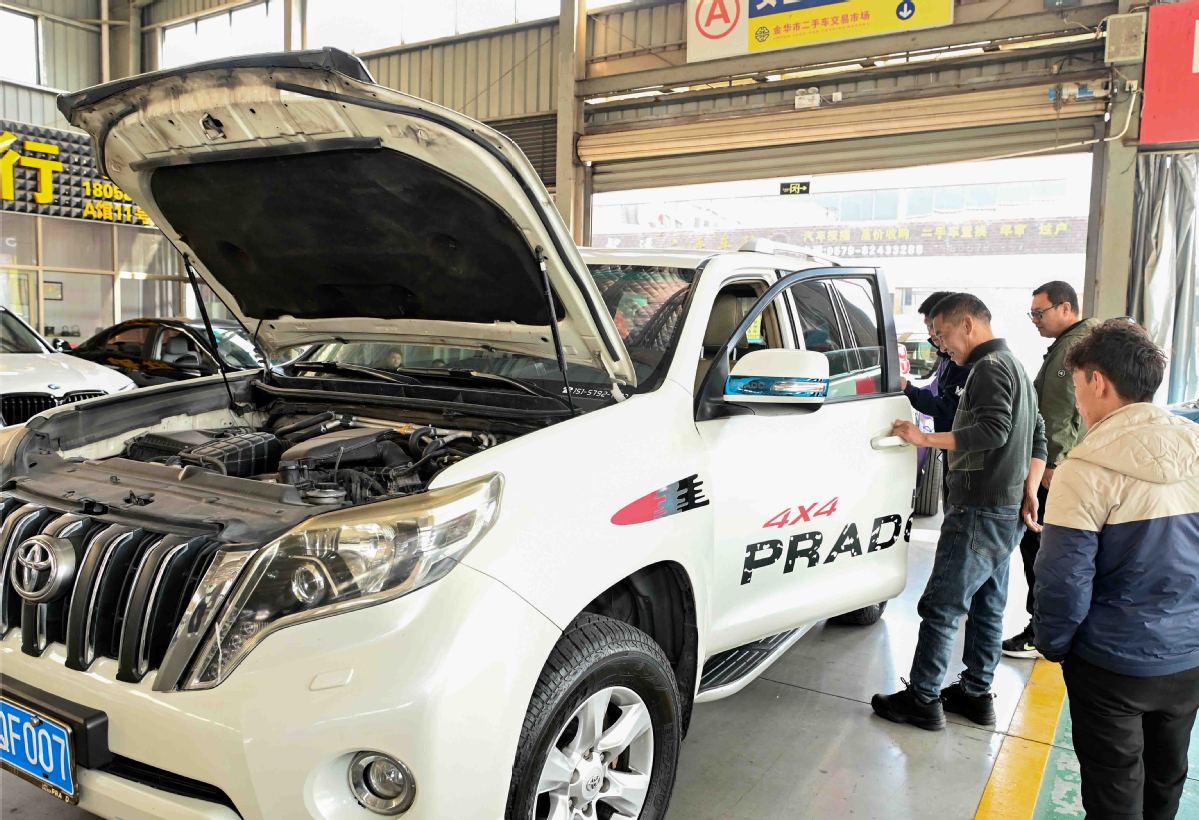Secondhand market booms in March


China's used car market saw a strong rebound in March, with supply and demand both going upward.
According to data from the China Automobile Dealers Association released last week, the total number of listed used vehicles reached 716,541, up 15 percent from February and 32 percent year-on-year.
From March 1-23, used car transactions reached 1.32 million units, marking a 25 percent rise compared to the same period in February and a 12 percent increase from January.
"March marks the first peak season of the year, and the market has shown signs of structural recovery," said Lu Guangzhi, deputy director of CADA's Information Department.
"The continued implementation of the vehicle trade-in policy and the seasonal surge in travel demand have further fueled market growth," Lu added.
Vehicle value retention rose across most segments in March, though compact cars, midsized SUVs, and MPVs saw slight month-on-month declines.
The declines in specific sub-segments can be attributed to several structural dynamics. These include the ongoing contraction of the compact car market, elevated pricing of midsized models, and the growing effect of vehicle electrification on small SUVs. Consequently, value retention in these segments has weakened.
In terms of brand performance, domestic automakers saw a slight decline in value retention, while several overseas brands posted modest gains. Nine of them — including Honda, Volkswagen, and Kia — recorded three-year retention rates above 50 percent.
According to the CADA, the fixed-price sales model introduced by Volkswagen and Buick has been emulated by other automakers.
Most overseas brands have now adopted similar pricing strategies, often aligning them with the launch of new vehicles. This approach has played a positive role in stabilizing the market and enhancing vehicle value retention.
In March, traditional luxury brands in the used vehicle market continued to focus predominantly on gasoline-powered models, with overall value retention showing a steady upward trend.
Notably, Porsche and Lexus recorded three-year retention rates exceeding 60 percent.
"As the broader auto market warmed up in March, competition within the used NEV sector became significantly more intense," said data analyst Li Ming.
Transaction volumes for both plug-in hybrids and battery electric vehicles dropped from February, with plug-in hybrids experiencing a more significant decline.
However, luxury plug-in hybrid sales bucked the trend, showing an increase in activity. What's more, the average three-year value retention rate for plug-in hybrids fell to 45.4 percent, down 1.6 percentage points from February.
"As intelligent driving features become a key consideration for consumers, older plug-in hybrids are increasingly exposed for their shortcoming in functionality and technological configuration," said Li.
"These gaps can no longer be compensated for by conditions alone, particularly as brands like BYD now include advanced features as standard across their lineups," Li added.
Meanwhile, used plug-in hybrids from luxury brands such as Mercedes-Benz and BMW have seen price declines, as automakers shift their focus to fully electric models and phase out older hybrids.
This shift, combined with increased competition in the NEV market, has made these vehicles increasingly attractive in the used car sector.




































